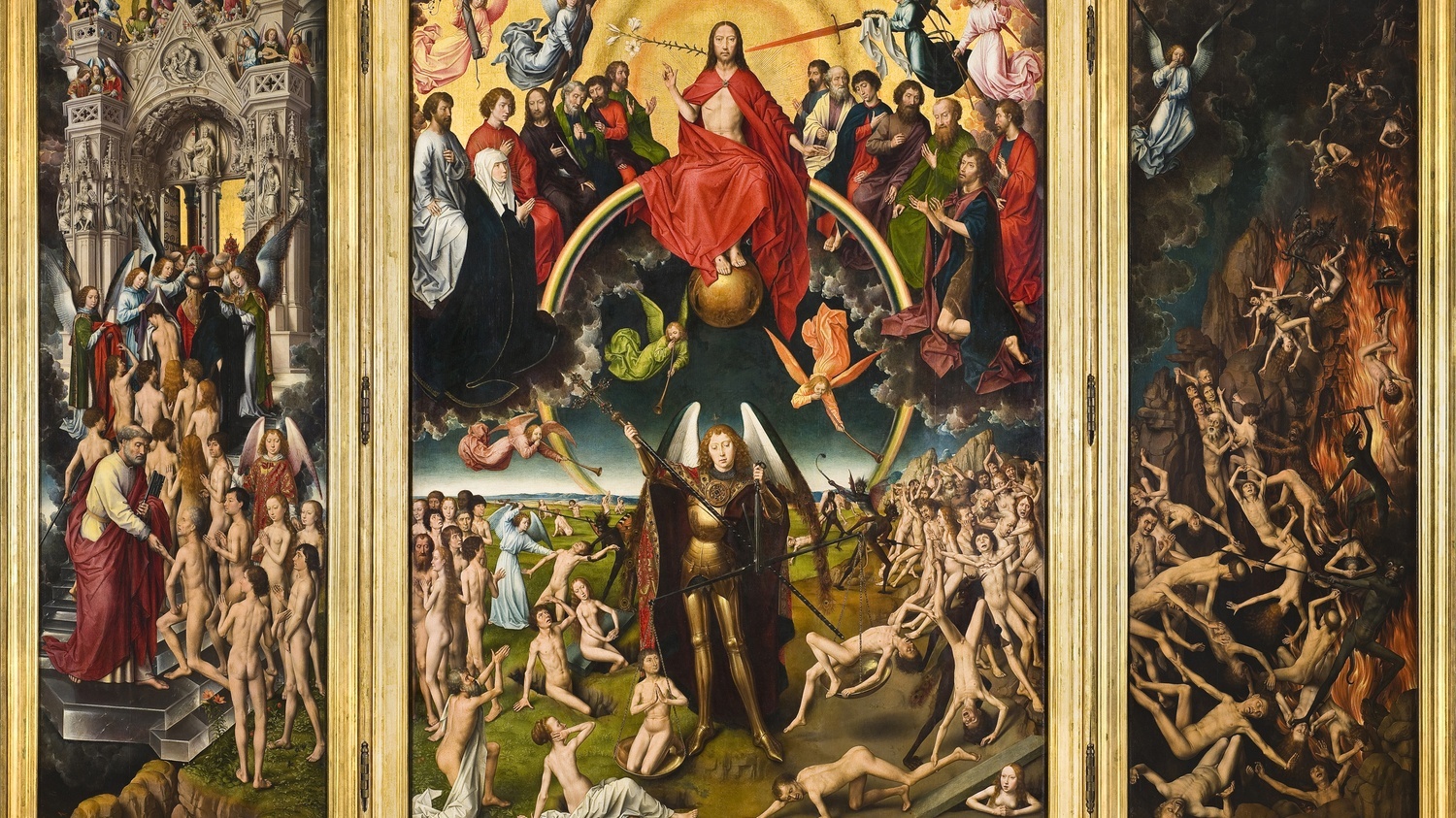Holst’s “The Planets”: Seven Astrological Mood Pictures
Take a moment and consider the most evocative excerpts from John Williams’ Star Wars film scores, the hypnotic, meditative tones of electronic ambient music, and the late twentieth century pop song’s formulaic concluding “fade out.” It could be argued that all were vaguely anticipated by Gustav Holst’s seven-movement orchestral suite, The Planets, composed between 1914 and 1917. Described by the composer as “a series of mood pictures,” the movements depict the astrological character of all …




